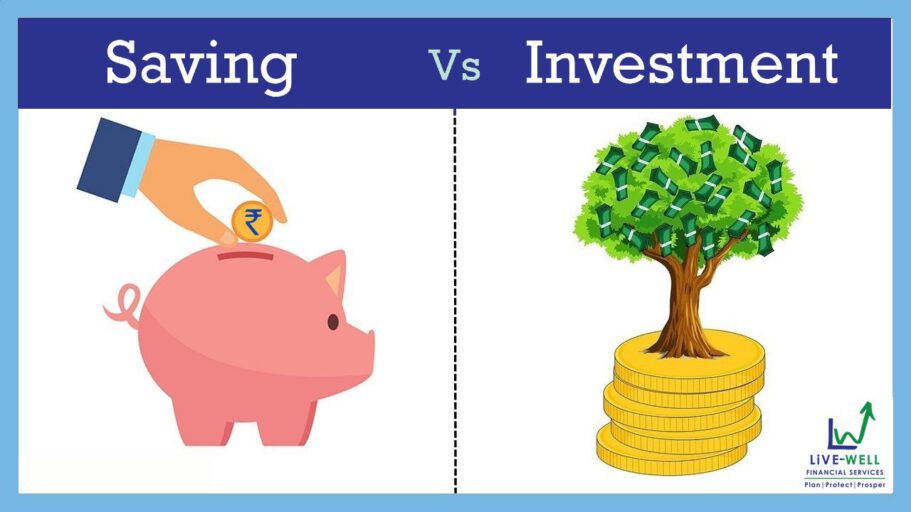Develop habits of disciplined saving and explore various investment vehicles to grow your wealth. Learn about risk management, diversification, and investment strategies tailored to your goals and risk tolerance.
Savings and investment are two critical components of financial management that enable individuals to build wealth, achieve financial goals, and secure their future. Savings involve setting aside a portion of income for short-term goals or emergencies, while investment involves allocating funds with the expectation of generating a return over the long term. This synopsis explores the key concepts and strategies of savings and investment, including the importance of saving, types of savings accounts, different investment options, and the benefits of diversification.
Module 1: Introduction to Savings and Investment
– Importance of savings and investment in personal finance
– Differentiating between saving and investing
– Setting financial goals and aligning them with savings and investment strategies
– Understanding risk and return in investment
Module 2: Savings Strategies and Budgeting
– Developing effective budgeting techniques
– Strategies for reducing expenses and increasing savings
– Different types of savings accounts and their features
– Automating savings and setting up emergency funds
– Introduction to compound interest and the time value of money
Module 3: Investment Vehicles and Tools
– Understanding different investment vehicles: stocks, bonds, mutual funds, real estate, etc.
– Exploring investment tools and platforms: brokerage accounts, online investment platforms, etc.
– Diversification and asset allocation strategies
– Introduction to investment risks and risk management
– Evaluating investment options based on risk tolerance and financial goals
Module 4: Investment Analysis and Research
– Techniques for conducting investment research and analysis
– Fundamental analysis: analyzing financial statements, evaluating company performance, etc.
– Technical analysis: studying price trends and chart patterns
– Evaluating investment opportunities and identifying potential risks
– Introduction to investment evaluation metrics (e.g., P/E ratio, ROI, etc.)
Module 5: Portfolio Management and Strategy
– Constructing a well-diversified investment portfolio
– Exploring different investment strategies: value investing, growth investing, etc.
– Rebalancing and monitoring portfolio performance
– Tax considerations in investment
– Long-term investment planning and retirement strategies
Module 6: Advanced Investment Concepts
– Alternative investment options: venture capital, private equity, commodities, etc.
– Advanced risk management techniques and hedging strategies
– Strategies for managing investments during market volatility
– Impact investing and socially responsible investing
– Estate planning and wealth transfer considerations for investment portfolios
Each module would include real-life examples, case studies, practical exercises, and interactive discussions to reinforce the concepts learned. Encourage students to track and monitor their own savings and investment progress throughout the program. Additionally, guest speakers from the finance industry and investment professionals can be invited to share their expertise and insights. Assessments and quizzes would be conducted regularly to evaluate students’ understanding and application of knowledge.


